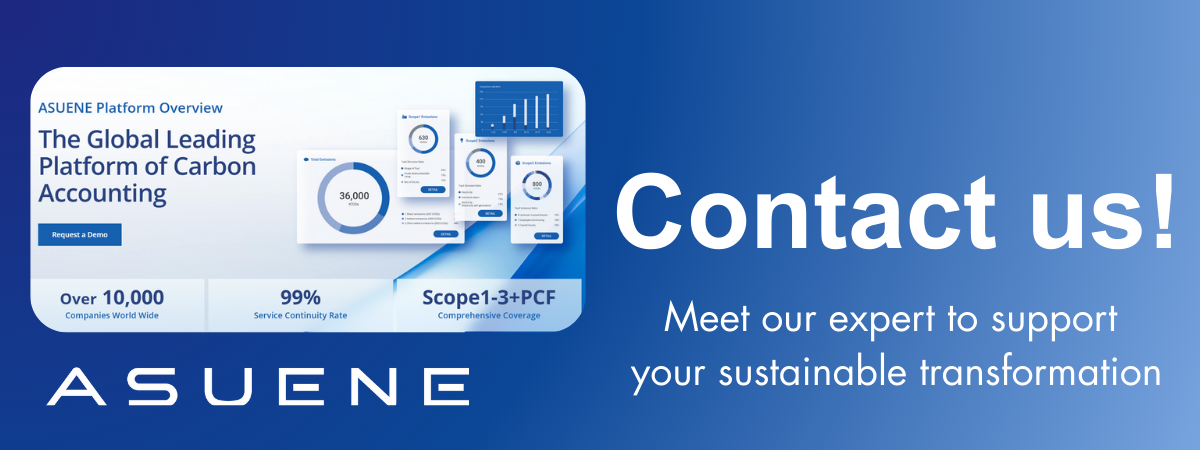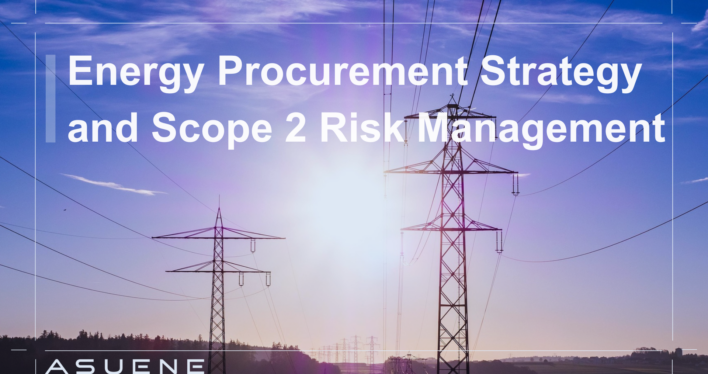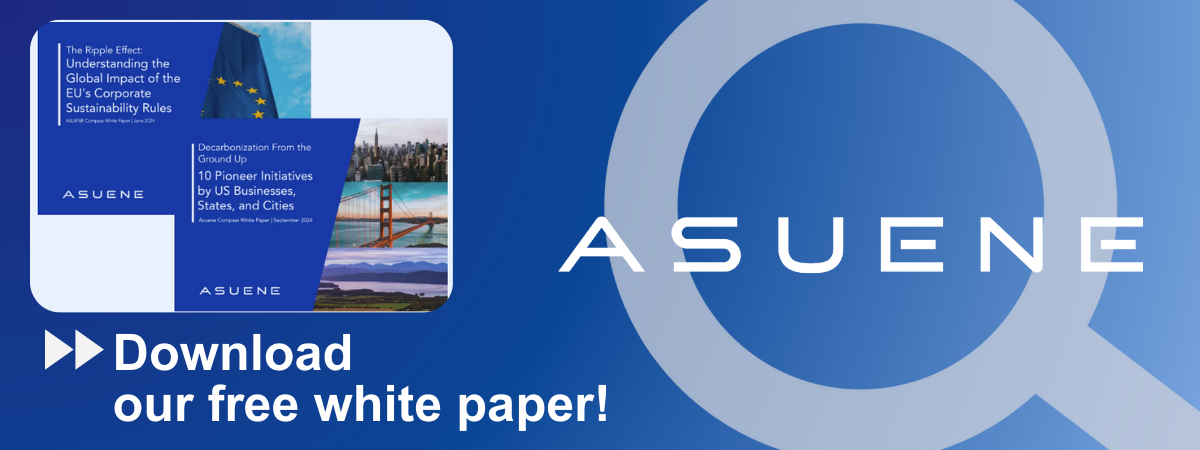- Article Summary
-
Introduction
As companies strive to decarbonize their operations and meet ESG disclosure requirements, the focus on energy procurement has intensified. Scope 2 emissions—those generated from the purchase of electricity, heat, or steam—often account for a significant share of corporate carbon footprints. The strategic decisions companies make around renewable energy sourcing, contractual instruments, and regional market mechanisms have a direct bearing on both carbon reduction outcomes and financial risks. This article examines how organizations are evolving their energy procurement strategies in line with frameworks such as TCFD, CDP, and SBTi, and how they are managing the associated transition and reputational risks.
The Role of Scope 2 in Decarbonization Pathways
Scope 2 emissions typically form the backbone of corporate decarbonization commitments. According to CDP’s 2023 Climate Change report, over 80% of companies reporting to CDP have active plans to reduce their Scope 2 emissions, with many tying reduction targets directly to Science-Based Targets (SBTs). For example, a company operating large data centers or manufacturing facilities may source electricity from local grids with high carbon intensity. A shift toward low-carbon or renewable energy procurement can significantly reduce overall emissions.
TCFD guidelines recommend that companies disclose the sources of their energy and how they plan to reduce emissions over time. This includes describing the resilience of energy procurement strategies under different climate-related scenarios, such as high carbon pricing or renewable energy policy shifts.

Renewable Energy Instruments: Market-Based and Location-Based Methods
One key challenge in Scope 2 management is the method of accounting for electricity emissions. The Greenhouse Gas Protocol recognizes two approaches: market-based and location-based. The location-based method reflects the average emissions intensity of the local grid, while the market-based method allows for the use of contractual instruments like Renewable Energy Certificates (RECs), Guarantees of Origin (GOs), and Power Purchase Agreements (PPAs).
Figure 1 illustrates the emissions differences between these methods using a hypothetical company with facilities in both coal-heavy and renewable-dense regions. Market-based procurement can significantly lower reported Scope 2 emissions—but only if quality instruments are used.
Figure 1: Comparison of Scope 2 Emissions Using Location-Based vs. Market-Based Methods
| Region | Energy Source | Location-Based (tCO2e) | Market-Based (tCO2e) |
|---|---|---|---|
| Country A | Coal-Intensive | 50,000 | 15,000 |
| Country B | Renewable-Powered | 5,000 | 5,000 |
Procurement Models and Risk Exposure
Organizations can access renewable energy through various models, including utility green tariffs, on-site generation (e.g., solar PV), and long-term PPAs. Each comes with different levels of risk, such as price volatility, regulatory uncertainty, and project underperformance. As shown in Figure 2, financial and reputational risk exposure can vary significantly across these models.
Figure 2: Risk Comparison of Renewable Energy Procurement Models
| Model | Financial Risk | Reputational Risk | Regulatory Risk |
| Green Tariffs | Low | Medium | Medium |
| On-Site Generation | Medium | Low | Low |
| Power Purchase Agreement (PPA) | High | Low | High |
Scenario Analysis and Internal Carbon Pricing
Forward-looking companies are embedding climate risk into their energy decisions using scenario analysis and internal carbon pricing. TCFD-aligned strategies often involve modeling energy procurement costs under future scenarios where carbon pricing increases sharply or renewable subsidies change. Internal carbon pricing tools (ranging from $20 to $150 per tCO2e) help allocate resources toward lower-carbon procurement strategies.
Multinationals like Microsoft and Unilever apply shadow pricing to compare conventional and green procurement costs and to prioritize regions where the climate-adjusted return on investment is highest. Figure 3 presents an example of cost variance under different internal carbon pricing assumptions.
Figure 3: Energy Cost Scenarios with Internal Carbon Pricing (USD/MWh)
| Energy Type | Base Cost | With $50/tCO2e | With $100/tCO2e |
| Grid Electricity | $70 | $95 | $120 |
| Renewable (PPA) | $85 | $85 | $85 |
Conclusion
Managing Scope 2 emissions through energy procurement is both a strategic opportunity and a disclosure imperative. Organizations that proactively assess the financial and regulatory implications of their sourcing models—and align with disclosure standards like TCFD, CDP, and SBTi—position themselves for greater resilience and investor confidence. As carbon markets evolve and transparency increases, energy strategy will become a defining feature of ESG performance and corporate reputation.
Why Work with ASUENE Inc.?
Asuene is a key player in carbon accounting, offering a comprehensive platform that measures, reduces, and reports emissions, including Scope 1-3, with expertise in decarbonization. Asuene serves over 10,000 clients worldwide, providing an all-in-one solution that integrates GHG accounting, ESG supply chain management, a Carbon Credit exchange platform, and third-party verification.
ASUENE supports companies in achieving net-zero goals through advanced technology, consulting services, and an extensive network.


